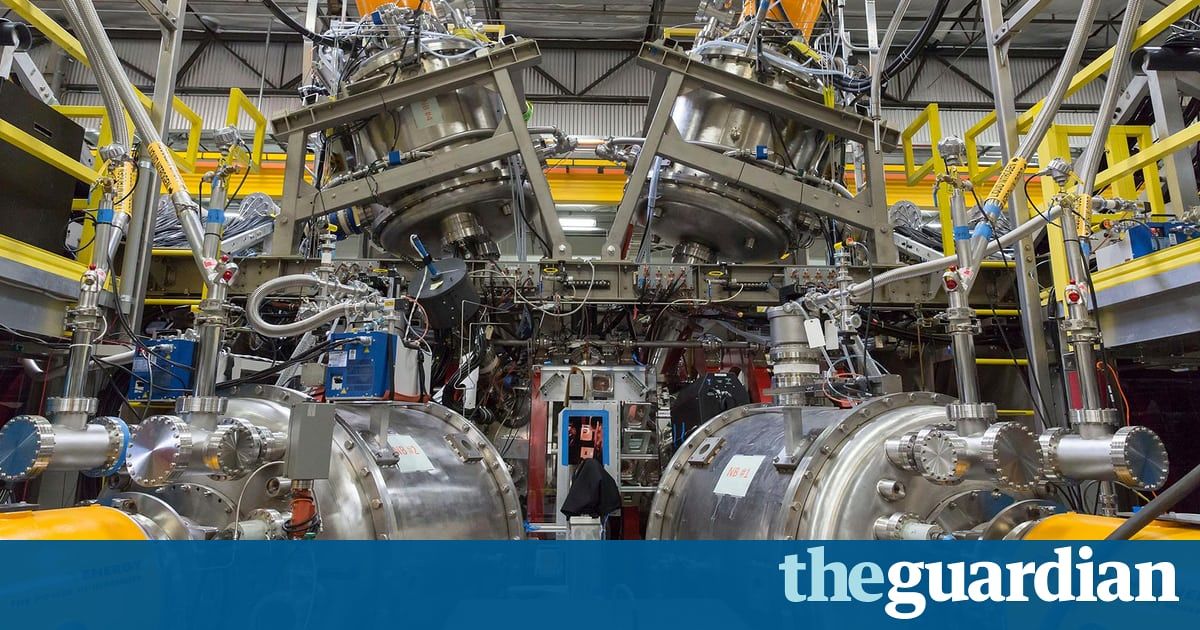Page 10522
Jul 25, 2017
This Map Predicts Who Will Die Next on ‘Game of Thrones’
Posted by Shane Hinshaw in categories: entertainment, robotics/AI
A computer scientist uses a machine-learning program to predict who will die next on ‘Game of Thrones.’
Jul 25, 2017
China’s “Minority Report” Style Plans Will Use AI to Predict Who Will Commit Crimes
Posted by Shane Hinshaw in categories: information science, robotics/AI
Authorities in China are exploring predictive analytics, facial recognition, and other artificial intelligence (AI) technologies to help prevent crime in advance. Based on behavior patterns, authorities will notify local police about potential offenders.
Cloud Walk, a company headquartered in Guangzhou, has been training its facial recognition and big data rating systems to track movements based on risk levels. Those who are frequent visitors to weapons shops or transportation hubs are likely to be flagged in the system, and even places like hardware stores have been deemed “high risk” by authorities.
A Cloud Walk spokesman told The Financial Times, “Of course, if someone buys a kitchen knife that’s OK, but if the person also buys a sack and a hammer later, that person is becoming suspicious.” Cloud Walk’s software is connected to the police database across more than 50 cities and provinces, and can flag suspicious characters in real time.
Jul 25, 2017
Wisconsin company to implant microchips in employees
Posted by John Gallagher in categories: computing, food
A Wisconsin company is offering to implant microchips in its employees that will allow them to scan into a building or buy food at work.
Sweden’s government has exposed sensitive and personal data of millions, along with the nation’s military secrets, in what is now considered to be one of the worst government IT disasters ever. The leak, which occurred in 2015, saw the names, photos and home addresses of millions exposed. Those affected include fighter pilots of Swedish air force, police suspects, people under the witness relocation programme, members of the military’s most secretive units (equivalent to the SAS or SEAL teams) and more.
The leak occurred after the Swedish Transportation Agency (STA) decided to outsource its database management and other IT services to firms such as IBM and NCR. However, the STA uploaded its entire database onto cloud servers, which included details on every single vehicle in the country. The database was then emailed to marketers in clear text message. When the error was discovered, the STA merely sent another email asking the marketing subscribers to delete the previous list themselves.
Jul 25, 2017
Here’s what NASA could accomplish if it had the US military’s $600 billion budget
Posted by John Gallagher in category: military
Jul 25, 2017
Is anyone home? A way to find out if AI has become self-aware
Posted by Sean Brazell in category: robotics/AI

By Susan Schneider, PhD, and Edwin Turner, PhD
Every moment of your waking life and whenever you dream, you have the distinct inner feeling of being “you.” When you see the warm hues of a sunrise, smell the aroma of morning coffee or mull over a new idea, you are having conscious experience. But could an artificial intelligence (AI) ever have experience, like some of the androids depicted in Westworld or the synthetic beings in Blade Runner?
Continue reading “Is anyone home? A way to find out if AI has become self-aware” »
Jul 25, 2017
Elon Musk fires back at Mark Zuckerberg in debate about the future: ‘His understanding of the subject is limited’
Posted by John Gallagher in categories: Elon Musk, futurism
“It’s really negative, and in some ways, I actually think it’s pretty irresponsible,” said Mark Zuckerberg, the CEO of Facebook.
Jul 25, 2017
What rewards would you like to see in Lifespan.io campaigns?
Posted by Steve Hill in category: life extension
We would like to know what you would like to see being offered as donation rewards in future campaigns? What would you like to see as a reward for a $25, $50, $100 or even $1000 donation let us know your thoughts by adding ideas to the poll below.
Jul 25, 2017
China is launching an unhackable computer network
Posted by John Gallagher in categories: cybercrime/malcode, government

Around 200 government workers in Jinan, in China’s eastern Shandong province, will soon be able to send to transmit messages across an impenetrable 125 mile long (200km) network.
















